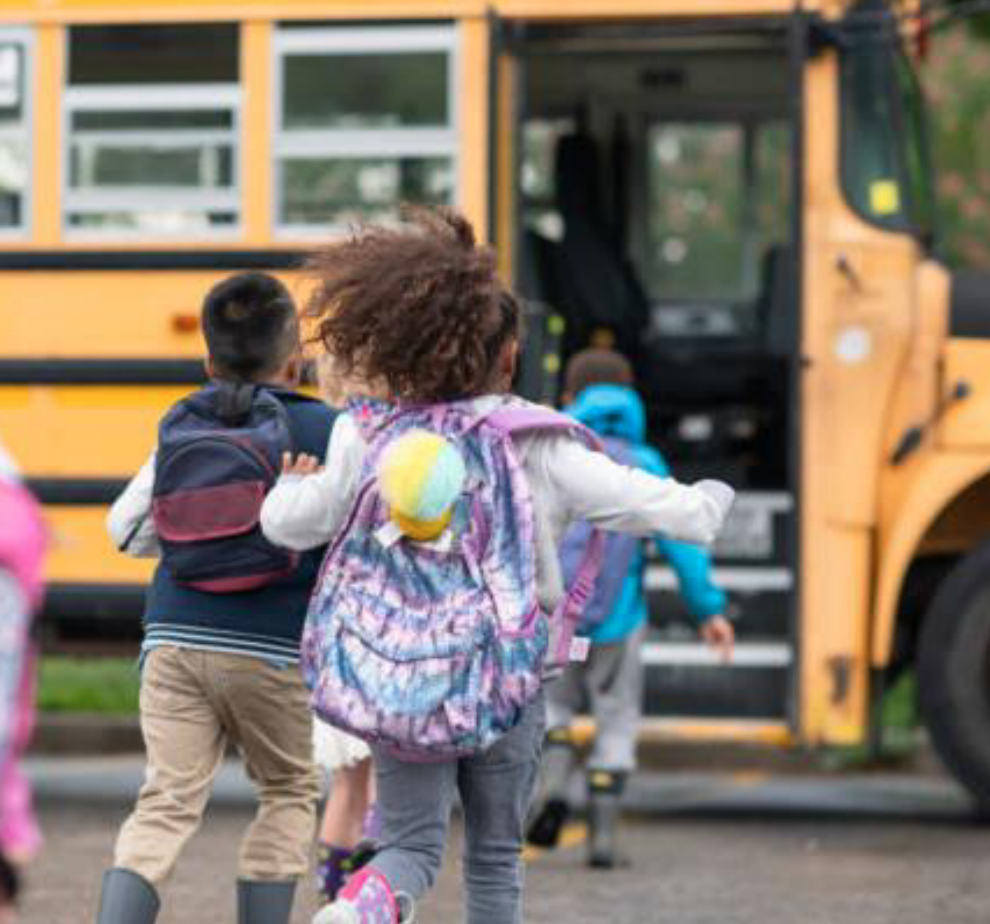Simplified: The Sioux Falls School District is teaming up with local nonprofits to reframe its current after-school programming to be more accessible and community-focused starting next fall. Here's what we know so far.
Why it matters
- A 2018 study estimated that 4,800 elementary students in the district spend time unsupervised after school.
- Additionally, the existing Kids Inc. after-school program has a waitlist with well over 500 kids, said Rebecca Wimmer, coordinator of community partnerships for the district. That als0 doesn't take into account families who don't use the program because it's out of their budget.
- The work to restructure after-school care in the city has already started with a pilot program at four schools this year. The district now plans to bring the new community focused model to all 21 elementary schools starting next fall.
"To the extent that the community really came around on this issue ... it sounds to me like you really hit it out of the ballpark," Superintendent Jane Stavem told Wimmer at Monday's school board meeting.
What does the new after-school program look like?
To start, the focus is on elementary students.
Instead of going to a different organization for different varieties of after-school programming, kids will be able to stay in their elementary schools.
The nonprofit partners will come to the schools and – along with district staff – work with kids on everything from tutoring to ballet lessons to science experiments.
Right now, for example, if you were to walk into Terry Redlin Elementary after school, you'd find about 100 students working with both educators and nonprofits who've come in to help.
"All you'll see is kids engaged in after-school programming who are getting the same opportunities that every other child should get," Wimmer said.
The new program also ensures kids leave with a meal (or two, if there are extras to bring home to siblings).
And, the kids who need it will also get a ride home.
- That's a big deal because one of the main reasons parents give for why their kid isn't in an after-school program is a lack of transportation, Wimmer said.
Who's paying for this?
That's where the community comes in.
Right now, the after-school programs are funded through a combination of grants and parent-funded tuition.
- But, to keep the program accessible for everyone who needs it, the district anticipates that about 45% of funding will need to come from donors moving forward.
What happens next?
The wheels are already in motion to get this in every elementary school next fall, but the next step is developing after-school programming for middle and high school students.

